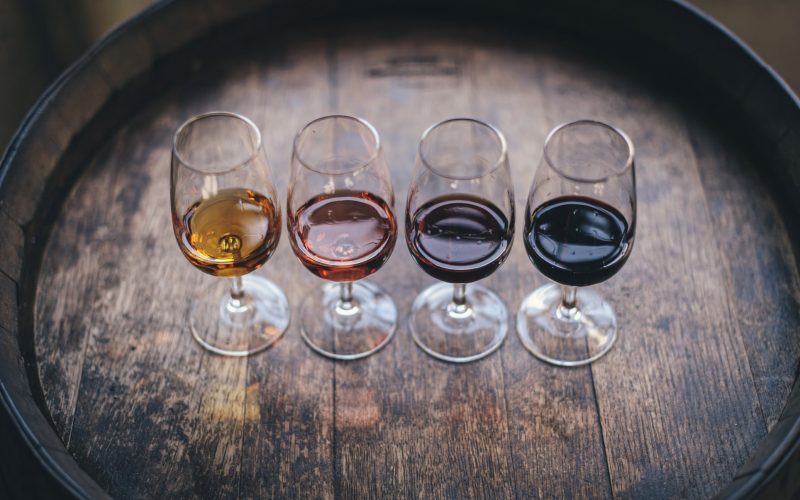The colour of a wine is not coincidental, but responds to various reasons. There are wines with a greater layer of colour; others that have a purple or cherry or black border, in varying degrees; also some that are cleaner and brighter. All these circumstances are not fortuitous, but respond to certain and varied factors.
Each grape variety has its own characteristics. Some give lighter tones and others darker. For example, Pinot Noir, Nebbiolo, Grenache, Poulsard, Merenzao/Trosseau give low layers, while Cabernet Sauvignon, Merlot, Tempranillo, Garnacha Tintorera or Syrah show high layers. However, we must keep in mind that the way of production also has an important influence on the final colour, since the maceration time of the red grapes will provide wines with greater colour, while the maceration of white varieties will give rise to orange wines.
The age of the wine also leaves its mark. The older it is, the greater the oxidation, which is why the color of the wine darkens in whites and gives dark tones in reds. Thus, in general, the rim of young white wines is paler, while in young red wines it is more purple. Rules that are also applicable to sparkling wines and sweet wines.
The hours of sunshine in the wine-growing areas also have an influence on the colour of the wines. As a general rule, because it is always nuanced, the more sun the more colour, an example that is palpable in most areas of Spain and Portugal, in the south of France, in the south of Italy, in California, in Chile, in Argentina or in South Africa. A rule that, logically, is applicable vice versa in cold areas, with fewer hours of sun, as they produce wines with paler tones.
